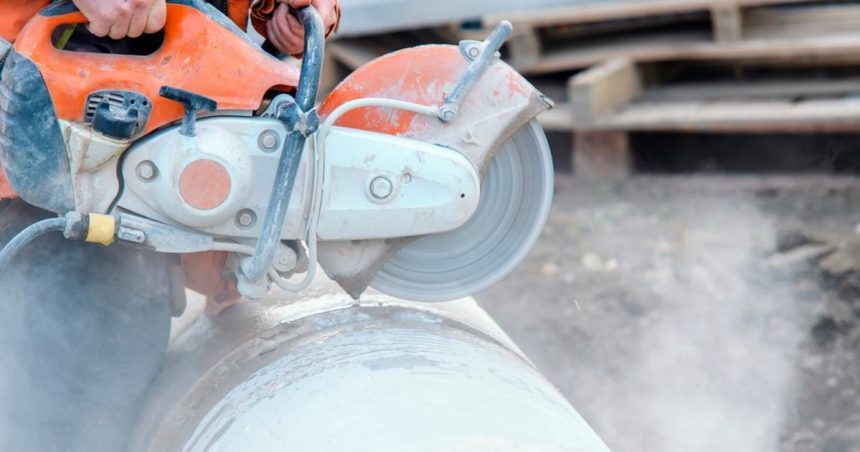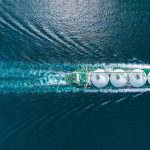All Aussie tradies working around silica dust, not just engineered stone, can breathe a sigh of relief thanks to new laws that took effect over the weekend.
After a massive campaign push earlier this year led to a ban on the ‘killer stone’ that had been linked to severe respiratory diseases, industry leaders have now turned their heads toward the other 600,000 Aussie workers still being exposed to the deadly airborne particles on the job.
While stone benchtops hogged much of the media spotlight, silica can be found in a scarily wide array of everyday construction materials, such as bricks, concrete and tiles – making most Aussie job sites a ticking time bomb for potentially fatal lung failure.
But this is all set to change thanks to a new round of worksite safety laws. As of September 1st, all workers exposed to respirable crystalline silica dust will undergo mandatory safety training and can demand multiple safety control measures such as PPE, water suppression, on-tool extraction systems, and local exhaust ventilation systems from employers.
If the work is deemed ‘high risk’ workers can also demand a silica risk control plan, which will shut the job sites down if it’s not followed.
And for the smaller companies that don’t follow the rules? They’ll be slapped with a hefty fine and forced to fix up any breaches in safety regulations before work can recommence.
Australian Workers Union (AWU) National Secretary Paul Farrow said he was proud the union’s fight to protect workers had finally paid off.
“There are over 600,000 workers exposed to deadly crystalline silica dust, engineered stone benchtops are only part of the story,” said Mr Farrow.
“For years, the AWU has been campaigning for legislation to protect workers, this dust is present in hundreds of worksites across Australia and employers have turned a blind eye to the health and safety of their workers.
“We have members right now in our nation’s major cities and regional areas building crucial public infrastructure for Australians to enjoy, now these hard working men and women can enjoy protections at work against this deadly dust.
These new rules will be recognised nationwide and bring the industry’s safety regulations more in line with Victoria’s industry standards after the southern construction hub adopted similar provisions earlier this year.
The only outlier exempt from these new regulations will be WA’s mining sector, despite silica dust remaining a huge problem in the state’s iron ore operations and comments from Industrial Relations Minister Simone McGurk that the new regulations would protect “all workers” who come into contact with the dangerous dust.
But hey, what’s the lives of a few workers when there’s money to be made?
Helping small business stay safe
While industry juggernauts like Lendlease and CIMIC (hopefully) have teams keeping them compliant with new safety regulations, this increased worksite management prove to be a headache for small businesses already snowed under by mountains of admin work.
With that in mind, the Australian Insititute of Occupational Hygienists (AIOH) – the peak body for the scientists of workplace exposure – has launched a handy digital tool to help contractors make the transition.
Dubbed the ‘silica hub’, this digital tool provides tradies with answers to some of the most commonly asked questions by workers and employers alike, such as ‘How to go about air monitoring?’ and ‘What makes dust control effective?’.
Past president of the organisation Tracey Bence emphasised just how important these resources were for smaller operations to wrap their heads around ever-changing safety regulations.
“Silica may be common in materials at workplaces but knowing how to control silica dust is not always common knowledge,” she said.
“Our aim is to empower businesses with that knowledge and practical solutions to effectively manage silica dust exposure. The new regulations require a detailed understanding and a proactive approach, which our plain language resources fully support.”
Kate Cole, another past president of AIOH, added that with a disease as severe as silicosis, it’s vital that construction businesses enter jobs that are well-equipped.
“The AIOH silica hub not just educates but also equips businesses to make informed decisions about how to protect their workers from dust diseases,” she said.







